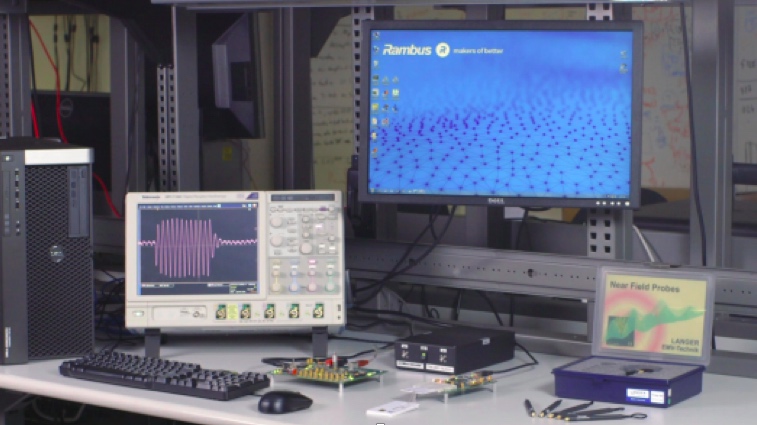During the early days of safecracking, rudimentary rotary locks were compromised by feel or sound to determine the correct combination. Following in this tradition, cyber criminals and other malicious actors are now exploiting side-channel attacks (SCA) to compromise cryptographic systems.
To be sure, all physical electronic systems routinely leak information about the internal process of computing via fluctuating levels of power consumption and electro-magnetic emissions. Much like traditional safecracking, electronic side-channel attacks eschew a brute force approach to extracting keys and other secret information from a device or system.

SCA conducted against electronic devices and systems are non-intrusive, relatively simple and inexpensive to execute. Side-channel attacks comprise a wide range of techniques including Differential Power Analysis (DPA), Simple Power Analysis (SPA), Simple Electromagnetic Analysis (SEMA), Differential Electromagnetic Analysis (DEMA), Correlation Power Analysis (CPA) and Correlation Electromagnetic Analysis (CEMA).
Because all physical electronic systems routinely leak information, an effective layer of side-channel countermeasures should be implemented via hardware (DPA resistant cores), software (DPA resistant software libraries) or both. Countermeasures – including leakage reduction, noise introduction, obfuscation and the incorporation of randomness – are critical to ensuring the protection of sensitive keys and data. It should be noted that stand-alone noise introduction is incapable of sufficiently masking side-channel emissions.
Indeed, DPA conducted against a device can effectively bypass stand-alone noise countermeasures, ultimately allowing the signal to be isolated. After layered countermeasures have been implemented, systems should be carefully evaluated with a Test Vector Leakage Assessment (TVLA) platform such as the Rambus DPA Workstation (DPAWS) to confirm the cessation of sensitive side-channel leakage.

More specifically, DPAWS measures a range of side-channel attacks across a wide spectrum of devices and platforms including smart phones, tablets, POS terminals, CPUs, TVs, set-top boxes, FPGAs, smart cards and NFC tech. DPAWS provides users with a highly-intuitive UI paired with enhanced data visualization that creates an integrated, project-centric analytic environment specifically designed to optimize the efficiency of side-channel analysis.
Both flexible and scalable, DPAWS supports multiple side-channel sensors, device protocols and form factors, with out-of-the-box support for SASEBO and additional third-party hardware. DPAWS also easily integrates with a wide range of industry tools including Matlab, Python and other scripting languages. Moreover, the Rambus DPA Workstation supports full cipher coverage (AES, RSA, ECC, DES and SHA), large dataset handling, as well as high-speed collection and analysis of billions of traces. Source code is also available to facilitate increased flexibility.
Interested in learning more about protecting electronic systems from side-channel attacks? You can download our eBook on the subject below.

